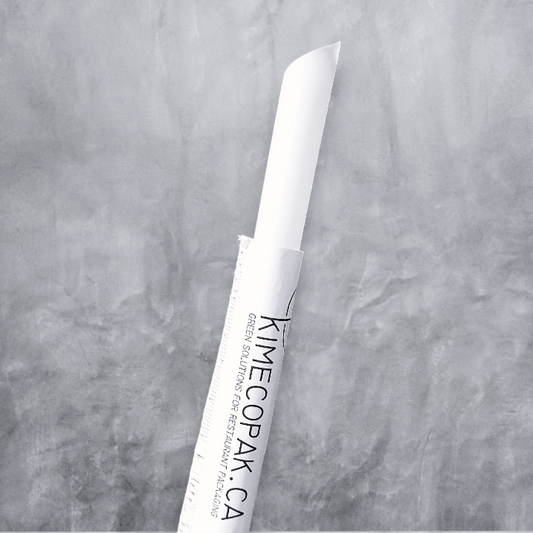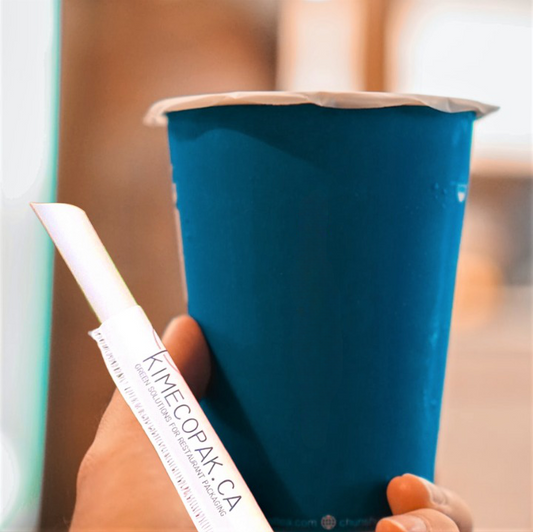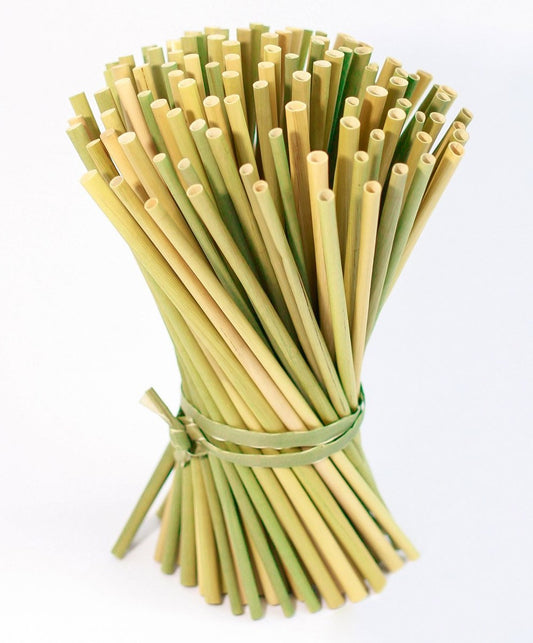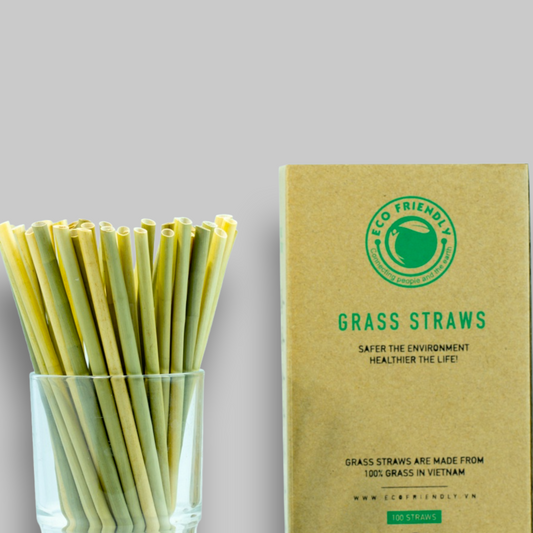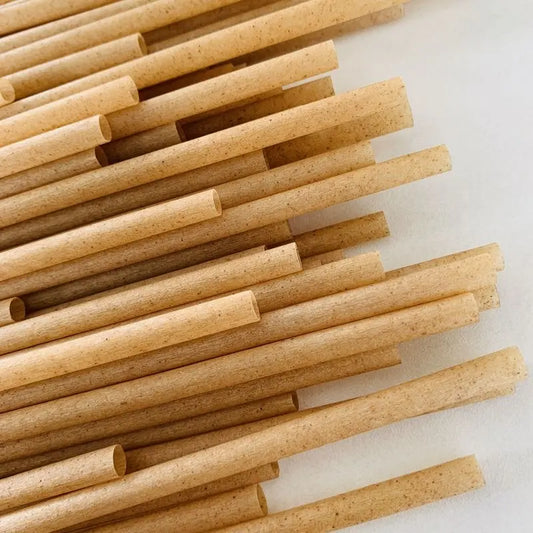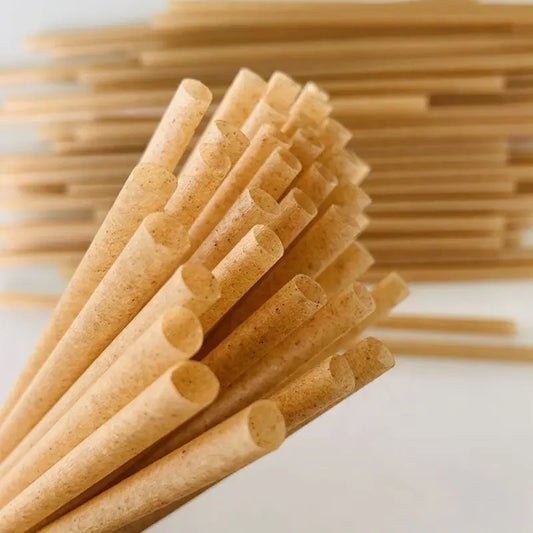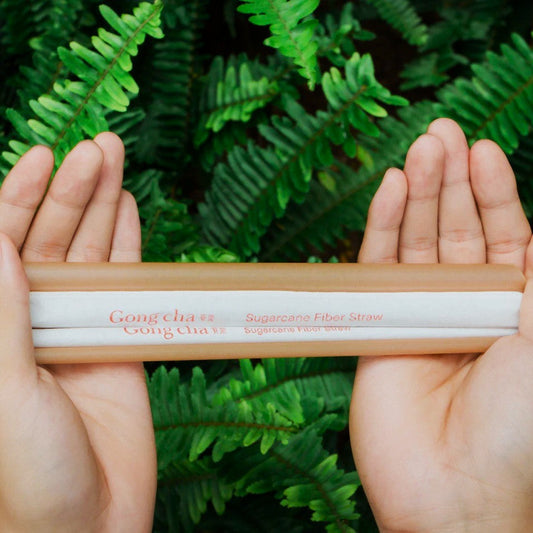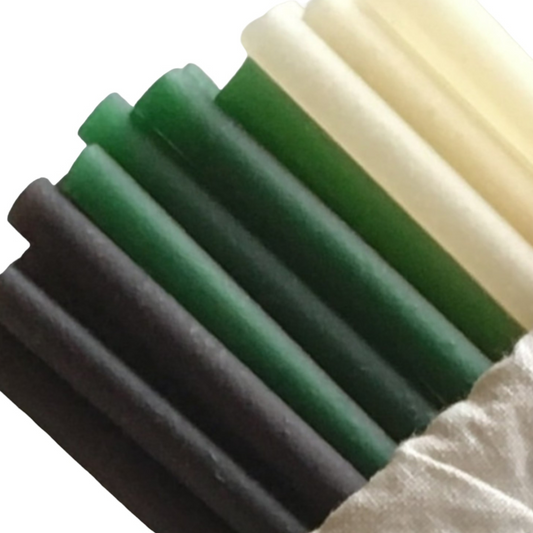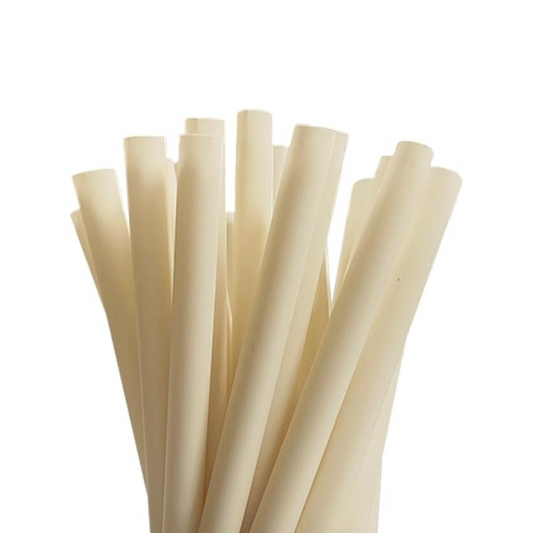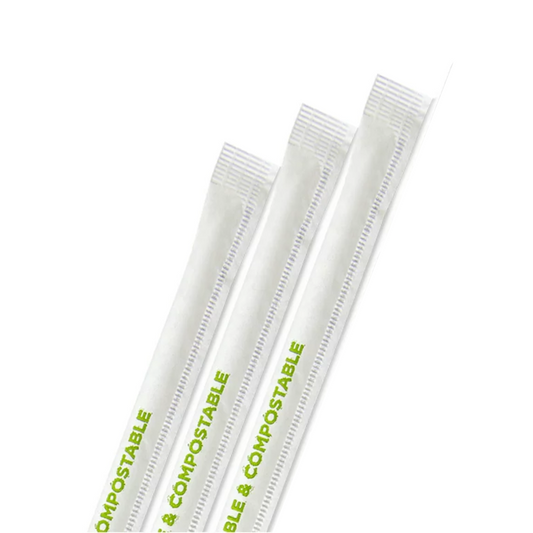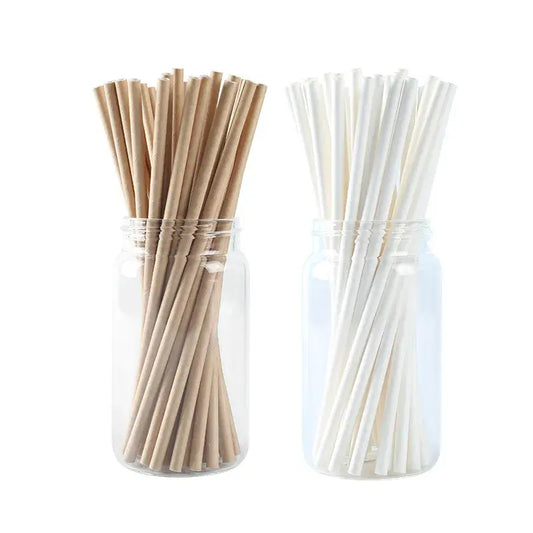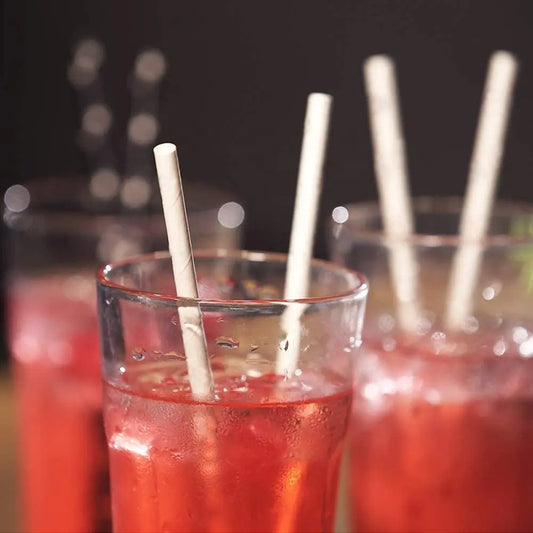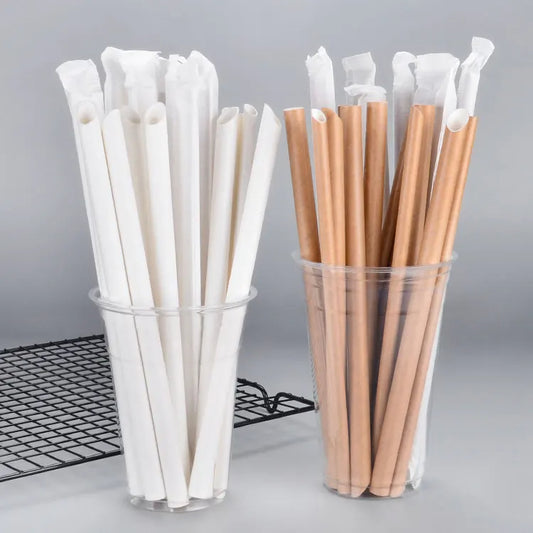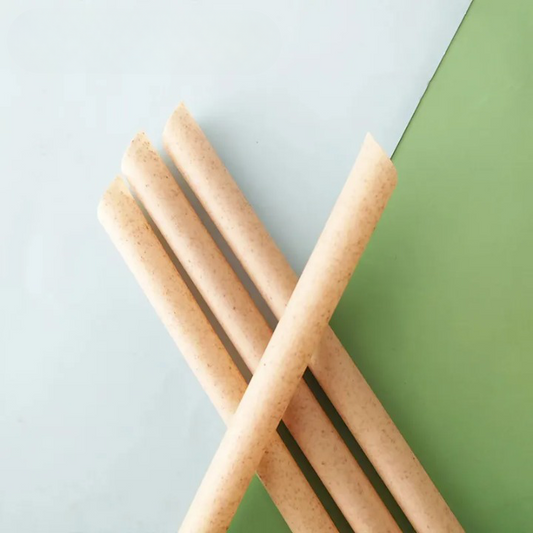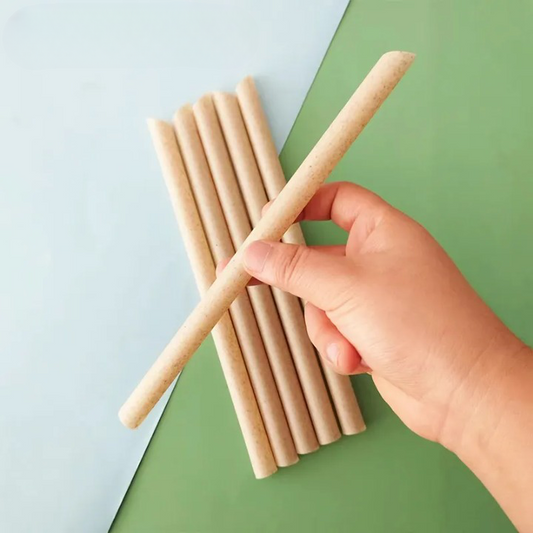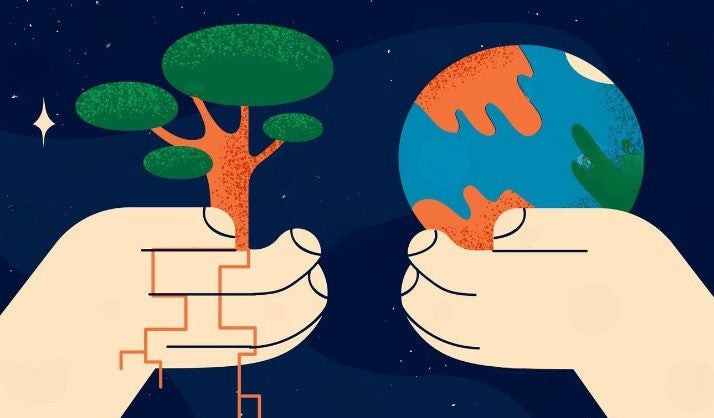-
Biodegradable Boba Straws | No Paper
Regular price $239.00 CADRegular priceUnit price per$717.00 CADSale price $239.00 CADSale -
Eco-friendly Green Grass Straws Inner Diameter 7mm
Regular price $1.00 CADRegular priceUnit price per -
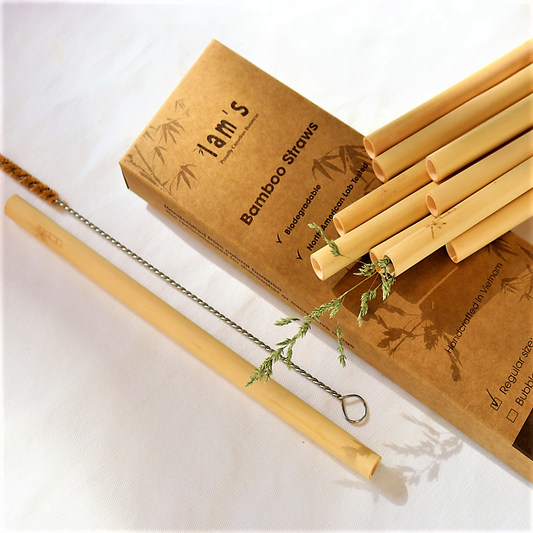
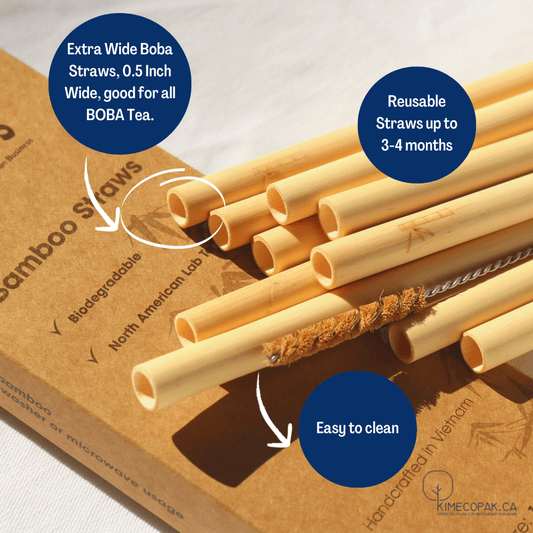 Sale
SaleBOBA BAMBOO Straws
Regular price $9.00 CADRegular priceUnit price per$45.00 CADSale price $9.00 CADSale -
Home Compostable Coffee Straw Size 8mm | Individual Paper Wrap | Sugarcane-made
Regular price $199.00 CADRegular priceUnit price per$199.00 CADSale price $199.00 CAD -
Individually Wrapped Biodegradable Sugarcane Drinking Straw 12mm Wholesale Canada
Regular price $5,236.00 CADRegular priceUnit price per -
Extra Wide Individually Wrapped Biodegradable Boba Drinking Straws
Regular price $2,070.00 CADRegular priceUnit price per -
Biodegradable PLA Drinking Straws l Individually Paper Wrapped l Custom Logo
Regular price $1,900.00 CADRegular priceUnit price per -
Coffee Paper Straw 8mm Durable
Regular price $149.00 CADRegular priceUnit price per -
Bubble Tea Paper Straws 12mm
Regular price $189.00 CADRegular priceUnit price per -
Sugarcane Straw Boba size 12mm For Boba & Smoothie Drinks
Regular price $279.00 CADRegular priceUnit price per
TRANSFORM YOUR CUSTOMERS INTO A WALKING BILLBOARD FOR YOUR BIZ
+ RECEIVE $300 OFF FOR 1st CUSTOM LOGO/WHOLESALE ORDER(*)
Share with our experts on your Products, Sizes, and Quantities, and let's cook up a tailored solution that screams YOUR style.
Your vision, our expertise – let's make it pop! Talk to us!
Biodegradable straw is considered a solution to reduce the use of plastic straws that have a negative impact on the environment. Biodegradable straws can completely biodegrade after use, contributing to the protection of the environment and human health.
Why should you use Biodegradable Straws?
Plastic straws have caused serious harm to the environment, marine life, and people's health. If people continue to use plastic straws every day, we could not predict what will happen to our life. So, biodegradable straws were coming out with the purpose of becoming a sustainable alternative to plastic straws.
Some benefits of biodegradable straws:
- Protecting the environment: Different from plastic straws, biodegradable straws will take a shorter time to decompose and will not release toxic chemicals into the environment.
- Safety for marine life: Each year, a larger amount of marine life died due to ingesting plastic straws. To protect them, we should use biodegradable straws because these types of straws can be edible, and do not contain any harmful chemicals.
- Safety for people’s health: Single-use plastic straws contain toxic chemicals such as bisphenol A (BPA) and phthalates that can be harmful to people's health. Instead of using plastic straws, you can choose biodegradable drinking straws, because they do not contain any harmful chemicals and are safe for your health.
Types of Biodegradable Straws
There are a lot of types of biodegradable drinking straws which are made from various materials. Here are some kinds of common biodegradable straws:
Paper straws
The most popular type of biodegradable drinking straw is paper straw. Paper is material from renewable resources and degrades easily and quickly, however, paper straws will get soggy quickly.
Bamboo straws
Bamboo straws are made from natural materials such as bamboo and reed. These types of straws can be reused several times if properly cleaned and stored to prevent mold growth or other harmful bacteria. You can safely dispose of bamboo straws in natural environments such as beaches, forests, or compost piles. Bamboo straws will naturally decompose over a certain period without releasing harmful compounds that could negatively impact the environment, unlike plastic straws.
Wheat straws
Wheat straws are made entirely of natural materials. They are manufactured from wheat stems. After harvesting the wheat plant, people will separate the stem from the grain. The stems are then cleaned, cut, and polished to create a smooth surface for drinking. Although wheat straws are designed to be used once, similar to plastic straws. But when you throw them away, they can decompose naturally and disappear in a few weeks.
Sugarcane straws
Sugarcane straws are single-use straws made from sugarcane fiber using a 100% plant-based, plastic-free technology from Taiwan. In addition to sugarcane fiber, other materials such as coffee grounds and bamboo fiber are added to create a sturdy and durable product. These straws are suitable for drinking beverages such as coffee, bottled drinks, fruit juices, and more.
PLA straws
PLA straws are made from PLA plastic, a type of thermoplastic made from materials such as cornstarch, potato starch, sugarcane, tapioca roots, and other plant-based sources. PLA straws have regenerative ingredients, so they can be used as an excellent fertilizer for plants after decomposition.
Glass straws
Glass straws are made from clear and colored borosilicate glass to make our glass straws. They are reusable many times and can be easily cleaned. They are a perfect option for those who are looking for a sustainable option that can be used for a long time.
Cornstarch straws
These straws are made from cornstarch and are fully biodegradable. They are a good option for those who are looking for an alternative to plastic straws that can break down easily.
The benefits of each type of biodegradable straw
|
Pros |
|
|
Paper straw |
|
|
Bamboo straw |
|
|
Rice straw |
|
|
Grass straw |
|
|
Sugarcane straws |
|
|
Glass straws |
|
|
Coffee straws |
|
Comparison chart between types of straws
|
Coffee |
Sugarcane |
Rice |
Grass |
Plastic |
Paper |
Silicone |
Metal |
Glass |
Bamboo |
|
|
Price |
$$ |
$$ |
$$ |
$$ |
$ |
$$ |
$$$$ |
$$$$ |
$$$$ |
$$$ |
|
Never soggy |
✓ |
✓ |
✓ |
✓ |
✓ |
✓ |
✓ |
✓ |
||
|
Hot drinks |
✓ |
✓ |
✓ |
✓ |
✓ |
✓ |
✓ |
✓ |
||
|
Cheware |
✓ |
✓ |
✓ |
|
✓ |
|||||
|
Compostable |
✓ |
✓ |
✓ |
✓ |
Varies |
|||||
|
Biodegradable |
✓ |
✓ |
✓ |
✓ |
✓ |
✓ |
||||
|
Reusable |
within a day |
within a day |
within a day |
✓ |
||||||
|
Duration in liquids |
Infinite |
Infinite |
Up to 1 hour |
✓ |
✓ |
✓ |
✓ |
|||
|
Shelf life |
12 months |
12 months |
18 months |
18 months |
Infinite |
Infinite |
Infinite |
Infinite |
Infinite |
12 months |
Guide to choosing a right straw size
Drinking straw length chart
|
Size |
Types of cup |
Cup capacities |
|
6 Inches |
Mugs, tea cups, wine glasses, kids, cups, cocktails, and short tumblers |
4 to 8 ounces |
|
8 Inches |
Soda cans, standard bottles, medium tumblers, and mason jars |
6 to 16 ounces |
|
10 Inches |
Collins glasses, highball glasses, and tall tumblers |
8 to 24 ounces |
Drinking straw diameter chart
|
Size |
Suitable drinks |
|
0.24 Inches |
Coffee, cocktails, and teas |
|
0.32 Inches |
Juices, soft drinks, and waters |
|
0.36 Inches |
Smoothies and milkshakes |
|
0.48 Inches |
Bubble teas and thick desserts |
Frequently Asked Question
What straw to use for boba?
A "boba straw" or "bubble tea straw" is used to drink milk tea with boba pearls. This type of straw is made wider than a typical drinking straw.
What straw is best for smoothies?
You can use reusable smoothie straws with a length is 8.5” long and a wider 0.36” diameter. Reusable smoothie straws work great for other beverages like powder shakes, superfood blends, or yogurt.
How long does it take a biodegradable straw to decompose?
The length of time it takes for a biodegradable straw to decompose will depend on several factors, such as the material it's made from, the environmental conditions, and the disposal method.
For example:
- Paper straws can decompose anywhere from 2-6 weeks
- Bamboo or cornstarch needs several months to a year to decompose.
What are compostable plastic straws?
Compostable plastic straws are made from PLA (corn-based plastic, made from corn starch) or PHA(plant-based plastic, usually made from vegetable oils or sugar, or glucose). Compostable plastic straws will compost in commercial conditions.

